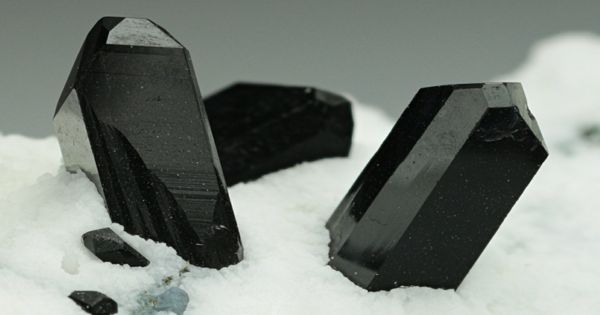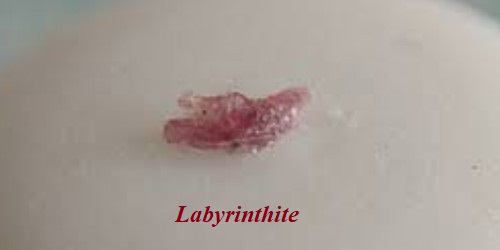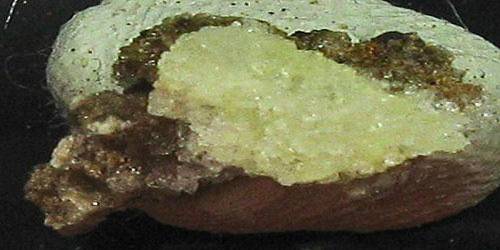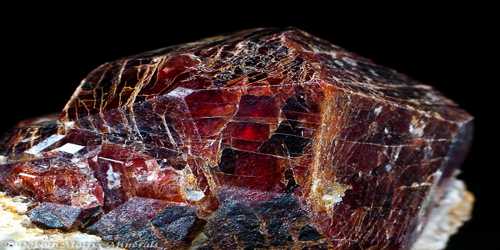Coesite is a high-pressure polymorph (crystal form) of silica, silicon dioxide (SiO2). It is a form (polymorph) of silicon dioxide SiO2 that is formed when very high pressure (2–3 gigapascals), and moderately high temperature (700°C, 1,300°F), are applied to quartz. Coesite was first synthesized by Loring Coes Jr., a chemist at the Norton Company, in 1953. It has the same chemical composition as the minerals cristobalite, stishovite, quartz, and tridymite but possesses a different crystal structure.
Coesite is a very rare mineral that forms in unique ultra high metamorphism usually as a result of meteorite impacts. The low solubility of coesite in dilute hydrofluoric acid permits concentration of coesite from mixtures with lower-density silica minerals.
Coesite is dense crystalline silica formed from quartz under great heat and pressure and found in meteorite craters.
General information
- Category: Tectosilicate, quartz group
- Formula: (repeating unit) SiO2
- Crystal system: Monoclinic
- Crystal class: Prismatic (2/m) (same H-M symbol)
- Color: Colorless.
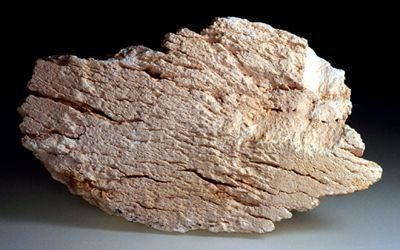
Properties
It is usually as a white dust or glassy material around Quartz sand pebbles. A synthetic form has been produced with large crystals resembling those of Gypsum. It is similar to quartz and to other lowdensity forms of silicon atom tetrahedrally bonded to four oxygen atoms, each of which is shared by a silicon atom in an adjoining tetrahedron.
- Formula mass: 60.0843 g/mol
- Crystal habit: Inclusions in UHP metamorphic minerals up to 3 mm in size
- Cleavage: none
- Fracture: conchoidal
- Tenacity: brittle
- Mohs scale hardness: 7.5
- Luster: vitreous
- Streak: white
- Diaphaneity: Transparent
- Density: 2.92 (calculated)
- Optical properties: Biaxial
It was named after American chemist Loring Coes, Jr. (1915-1978), who first synthesized Coesite in 1953 before it was naturally discovered in Barringer Crater in 1960.
Occurrences
In 1960, a natural occurrence of coesite was reported by Edward C. T. Chao, in collaboration with Eugene Shoemaker, from Barringer Crater, in Arizona, US, which was evidence that the crater must have been formed by an impact. There coesite was formed from quartz under the high temperature and pressure generated by the large meteorite’s impact. It has since been found in the craters of other large meteorites.
After this report, the presence of coesite in unmetamorphosed rocks was taken as evidence of a meteorite impact event or of an atomic bomb explosion. In 1984 coesite was found in ultrahigh-pressure metamorphic rocks of the Dora Maira region, Italy. It was not expected that coesite would survive in high-pressure metamorphic rocks.
Information Source:

